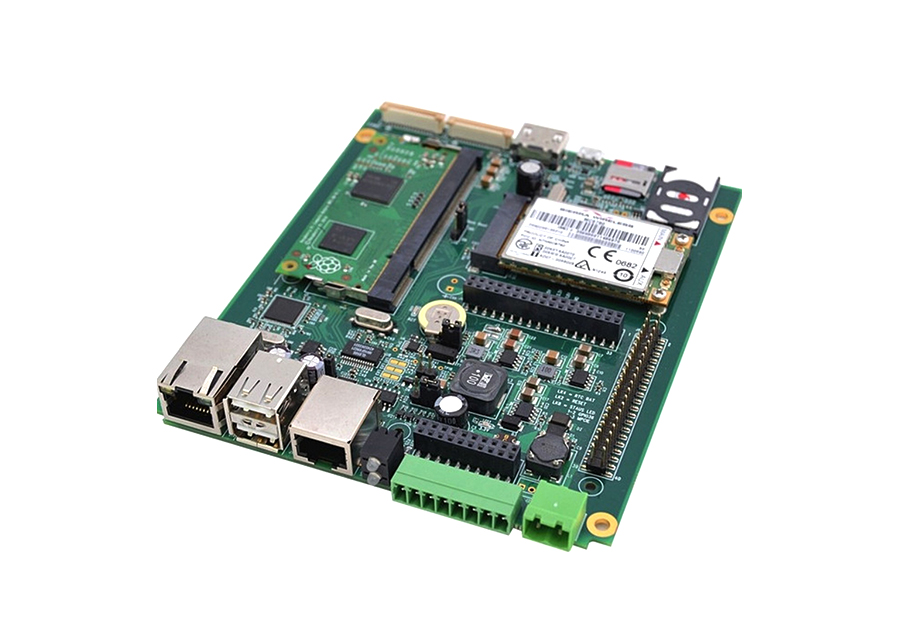-
CN
-
Service Hotline
+8618129931046 Mr. Liao


Time:2025-06-24 Views:1

In an era of increasing environmental awareness and strict regulations, the development of environmentally friendly surface treatment processes for PCB boards has become imperative. Traditional surface treatment methods often involve the use of hazardous substances, such as lead-based solders and hexavalent chromium, which pose significant risks to human health and the environment. Newer, eco-friendly alternatives aim to eliminate these harmful components while maintaining or enhancing the performance of the PCB.
One of the most popular environmentally friendly surface treatment techniques is electroless nickel immersion gold (ENIG). In the ENIG process, a thin layer of nickel is first deposited on the PCB surface through an electroless plating process. This nickel layer provides a stable base for the subsequent deposition of a thin layer of gold. The gold layer protects the nickel from oxidation and provides an excellent surface for soldering, ensuring good electrical conductivity and corrosion resistance. ENIG is lead - free and does not contain other hazardous substances, making it compliant with environmental regulations such as the Restriction of Hazardous Substances (RoHS) directive.
Another emerging eco-friendly option is organic solderability preservatives (OSP). OSP involves applying a thin, transparent organic film to the copper surface of the PCB. This film protects the copper from oxidation and provides a suitable surface for soldering. OSP is relatively simple and cost-effective compared to other surface treatment methods. It also has a lower environmental impact as it uses fewer chemicals and generates less waste. However, the OSP film is relatively thin, and proper handling and storage are required to maintain its effectiveness.
Immersion tin is also gaining popularity as an environmentally friendly surface treatment. Similar to ENIG, immersion tin deposits a thin layer of tin on the PCB surface through a chemical reaction. Tin is a non-toxic metal, and immersion tin provides a smooth, flat surface that is ideal for fine-pitch soldering. It offers good solderability and corrosion resistance, making it a viable alternative to traditional lead-based surface treatments. These environmentally friendly surface treatment processes not only meet environmental requirements but also contribute to the development of more sustainable and reliable electronic products.